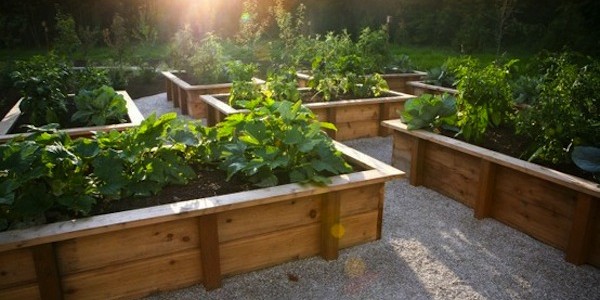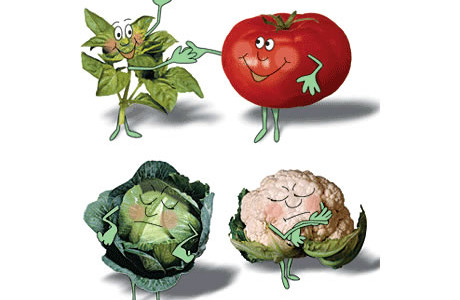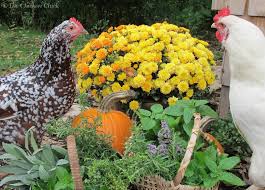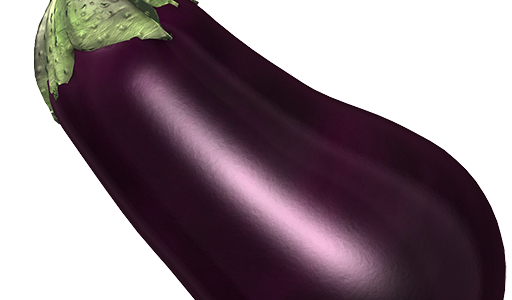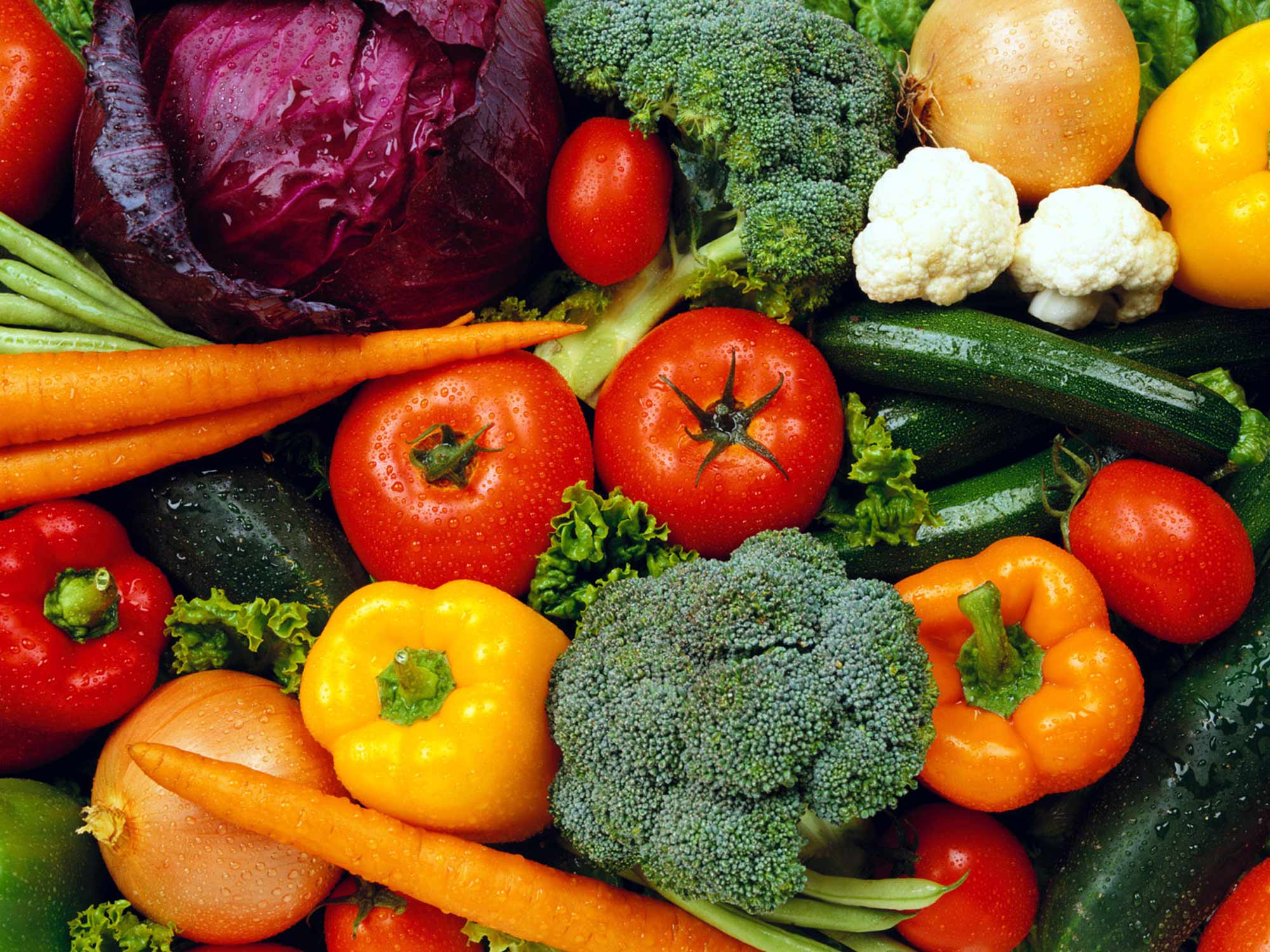HERBS FOR YOUR CHICKENS HEALTH

Who do you think is healthier and happier?
The best medicine of all is fresh air, open spaces and the opportunity to be a real chicken… The humble chicken. Is a domesticated descendant of wild jungle fowl from Asia. There are now an estimated 24 billion worldwide. There are a number of common herbs that can be grown for chickens for general health. Herbs can also be used to treat chooks for infestations of worms, lice and mites. Herbs for general health of chickens.
ALPHALFA: Is rich in protein, amino acids, minerals and chlorophyll. Generally made as a tea and then added to the chicken’s water source. Aids in general health and egg production.
ALOE VERA: Farmers in Zimbabwe have been feeding aloe vers and aloe spictata to their poultry overcome a wide variety of illness. The leaves are harvested, washed and crushed before being added to the chickens water supply. I found a great article: Use of Herbal Plants in Poultry Health Management in the Mushagashe Small-Scale Commercial Farming Area in Zimbabwe.
BASIL: Used for its antibacterial properties and for mucus membrane general health.
CATNIP: Insecticidal properties and used as a sedative/relaxant for feisty chickens!
CHICKWEED: A common weed that grows during the cooler months of the year here in SE Qld. A general tonic green.
COMFREY: Comfrey is rich in protein and is a very nutritious tonic food. It has high levels of potassium and calcium and is a good source of amino acids. Recommended to feed to chickens before their daily grain to aid in keeping yolks golden yellow and benefit their general health.
CORIANDER: Helps to prevent fungus. Is high in vitamin A (eye health and vitamin K (Prevents blood clots). Is a useful antioxidant and used for general bone health.
CRESS: A high source of iron, folic acid, calcium, vitamins C, E and A.
DANDELION: Rich in protein, vitamins A, C, K, D, B-complex, iron, manganese, phosphorus and trace minerals. Helpful for the immune system.
DILL: Great for respitory health, an antioxidant and for restless chickens fro sedation and relaxation.
FENNEL: Enhances egg laying and great at repelling external parasites.
FEVERFEW: Insecticidal properties. Flowers and leaves can be made into a tea and sprayed to control lice and mites.
GARLIC: One the most all round health tonic herbs for chickens. Is used in the treatment of lice, worms and other parasites. Also increases egg laying. A tea can be made by putting lots of cloves of crushed garlic into a cup of water overnight. It can be given to individual chickens via an eyedropper or the tea can be added to the chicken’s water source for a few days to a week.
GOTA KOLA: The leaves fed to chickens are a useful tonic. It can be used externally for skin conditions.
LAVENDER: Great insect repellent – helpful in repelling mites and other common parasites if cut fresh and spread around the floor of the chickens housing or added to their nesting box. Also used for sedation and relaxation.
LEMON BALM: Is antibacterial and found to repel some rodents. Lowers stress levels if placed in nesting box.
MARIGOLD: Increases chickens egg laying.
MARJORAM: Increases chickens egg laying.
MINT: All varieties can be used in nesting boxes to aid in repelling insects and parasites. Useful as an antiseptic, and will also stimulate the nervous system, circulatory and brain functions.
NASTURTIUM: Nasturtium leaves and seeds have antiseptic and medicinal properties and are also useful for controlling worms.
NETTLES: Nettles are one of the all time great herbs for chickens. Not only do they provide a wide range of vitamins and minerals (calcium, protein, manganese, phosphorus and potassium) but can also stimulate egg laying, help prevent worms and other parasites and help to fatten up any skinny chickens.
OREGANO: Contains antibiotic properties which may help prevent avian flu, blackhead, coccidia, e-coli, infectious bronchitis and salmonella. Also used to prevent mites. Scatter around the floor of the chicken house and also use in nest box.
PARSLEY: Promotes circulatory system development, enhances reproductive health (egg laying), rich in vitamins.
PENNYROYAL: Insecticidal properties. Scatter around the floor of the chickens housing.
PINEAPPLE SAGE: Promotes nervous system health but the flowers will also attract bee’s. This is great for the vegetable garden so it could be an idea to plant in the veggie patch/orchard and keep away from the chickens housing.
ROSE PETALS: High in Vitamin C and will make nesting boxes smell great.
ROSEMARY: Has been mentioned to help in relieving pain, aid in respiratory health, and also has insecticidal properties.
RUE: A great insect repellent. Dry and scatter through their housing to repel a variety of common pests. It is advised to wear gloves when picking this herb as it can cause a skin irritation to some people. SAGE: Helps control parasites and is a great antioxidant.
SOUTHERNWOOD, MUGWORT, WORMWOOD: Great as an insect repellent. Grow these away from other plants as its roots inhibit growth. Dry and scatter around the chickens housing.
TANSY: Great at repelling external parasites. Dry and scatter leaves through chickens housing. Tansy is also a compost activator.
THYME: Promotes respiratory health. Is an antioxidant which has antibacterial properties and also helps to control parasites.
THYME: Promotes respitory health and helps to repel parasites. I’m sure there are many more valuable additions to a chicken’s diet. If you have any other great herbs that should be on the list please share your info with the rest of us via the comment link!
I’m sure there are many more valuable additions to a chicken’s diet. If you have any other great herbs that should be on the list please share your info with the rest of us via the comment link!

Nasturtiums. (Tropaelum majus)

